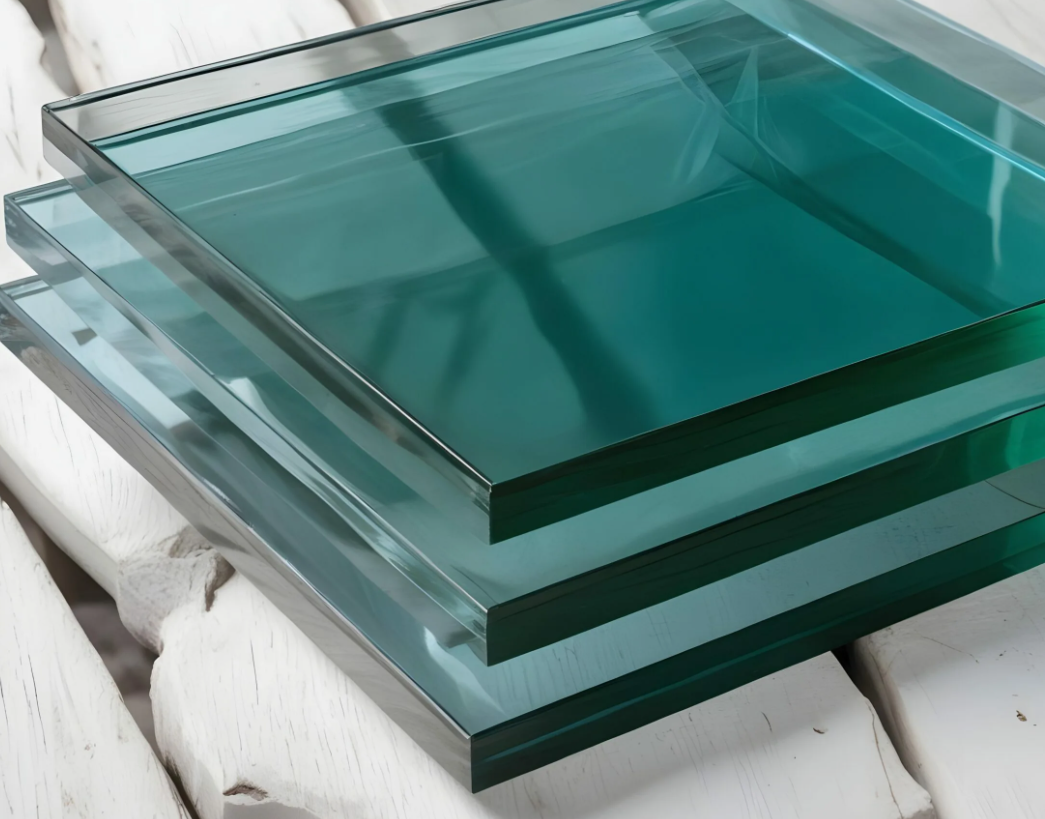The Versatile Applications of Laminated Safety Glass in Modern Architecture and Design
Apr 17,2025

In recent years, laminated safety glass has emerged as a significant material in the fields of architecture, automotive design, and construction. With its unique properties and diverse applications, this type of glass is increasingly being recognized for its contribution to safety, aesthetics, and functionality in various environments.
Laminated safety glass, commonly referred to as "laminated glass," consists of two or more layers of glass bonded together with a polymer interlayer, often made of polyvinyl butyral (PVB) or ethylene-vinyl acetate (EVA). This innovative design not only enhances the glass's strength but also ensures that, in the event of breakage, the shards remain adhered to the interlayer, greatly reducing the risk of injury. Such characteristics make laminated safety glass an invaluable asset across numerous sectors.
One of the most prominent applications of laminated safety glass is in the construction of modern buildings. Architects and builders increasingly prefer this material for windows, facades, and skylights due to its ability to provide enhanced security and safety. In commercial buildings, particularly those in urban areas prone to vandalism or natural disasters, laminated glass serves as a deterrent against break-ins and offers protection against flying debris during storms. This added layer of security is crucial not only for the safety of occupants but also for the protection of property and assets within these structures.
Moreover, the use of laminated safety glass is not limited to commercial properties. Residential buildings are also benefitting from this versatile material. Homeowners are increasingly opting for laminated glass in their windows and patio doors, providing peace of mind while improving the overall aesthetic appeal of their homes. The clear, unobstructed views offered by laminated glass, combined with its UV filtering properties, make it an attractive choice for homeowners looking to enhance the beauty and safety of their living spaces.
In addition to its architectural applications, laminated safety glass is making significant strides in the automotive industry. Car manufacturers are now incorporating laminated glass in windshields and side windows to improve passenger safety. The glass’s ability to hold shards together upon impact is crucial during accidents, minimizing injuries to occupants and enhancing the vehicle's structural integrity. Furthermore, laminated glass provides excellent sound insulation, contributing to a quieter and more comfortable ride, which is an increasingly important consideration for consumers.
Laminated safety glass also finds its place in the realm of public transportation. Buses, trains, and trams utilize this material for windows to ensure the safety of passengers while also offering resistance to breakage. Given the high foot traffic in these modes of transport, the durability and safety provided by laminated glass are essential for maintaining a secure and comfortable environment.
Another noteworthy application of laminated safety glass is in the creation of glass flooring and balustrades. This innovative use not only provides an aesthetically pleasing design element but also ensures safety in public and private spaces. Laminated glass flooring can be found in various locations, including shopping malls, museums, and high-rise buildings, where it allows for a dramatic visual effect while maintaining the structural integrity needed to support heavy loads.
Furthermore, the realm of art and design has also embraced laminated safety glass. Artists and designers utilize this material to create stunning glass sculptures and installations that require both strength and clarity. The ability to layer colors and textures within laminated glass opens up a world of creative possibilities, allowing for unique art pieces that can withstand the test of time.
In the context of environmental considerations, laminated safety glass is also seen as a sustainable choice. Many manufacturers are exploring eco-friendly interlayers and production processes, making it possible to create laminated glass that meets strict environmental standards. This shift towards sustainability is not only beneficial for the planet but also appeals to consumers who are increasingly conscious of their ecological footprint.
In conclusion, the applications of laminated safety glass are vast and varied, spanning across numerous sectors and settings. From enhancing the safety and aesthetics of buildings to improving passenger safety in vehicles and public transport, laminated safety glass has proven itself to be an essential material in contemporary design. As technology continues to evolve, it is likely that we will see even more innovative uses for laminated safety glass, solidifying its role as a cornerstone of modern architecture and design. As awareness of its benefits grows, so too will the demand for this versatile and indispensable material, ensuring its place in the future of construction and design.
PREVIOUS:
Contact Us
E-mail: admin@jingtaibl.com
TEL: +86 18969476297 / +86 18067898952
Address: No.56, No.2 Donggang Road, Quzhou, Zhejiang Province






